Trach Speaking Valves
Individuals who require a tracheotomy or a tracheostomy usually experience one of three thrings: 1- to bypass an obstructed upper airway, 2- to clean and remove secretions from the air way and 3- to easily and safely deliver oxygen to the lungs. This medical procedure can be temporary or permanent and is commonly referred to as a stoma (the name for the hole in the neck which the tube passes through). An opening in the neck is required in order to place a tube into the individual's trachea (windpipe).
If your tracheostomy is temporary, there is typically only a slight scar on the neck when the tube is removed. If it is permanent procedure you may need assistance while you get used to the stoma, particularly when it comes to cleaning and maintaining the tube.


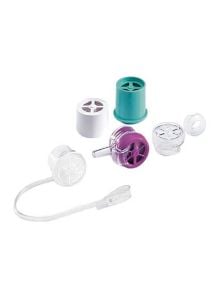
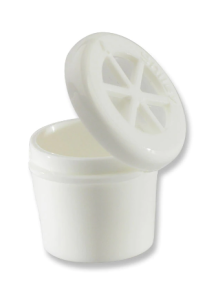

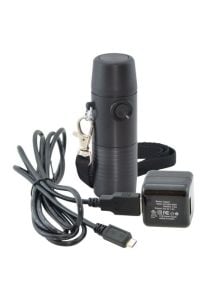


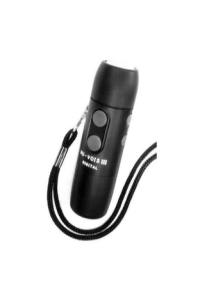

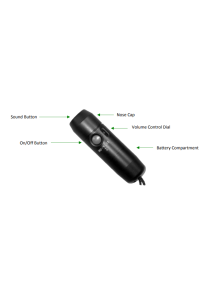


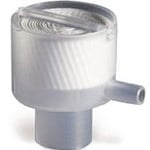
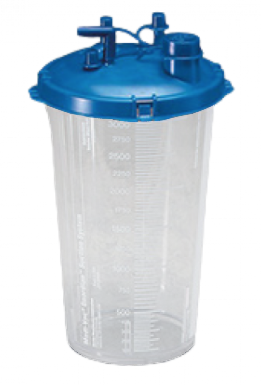
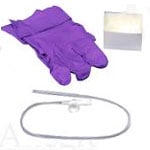
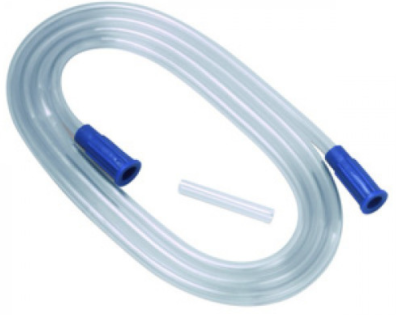
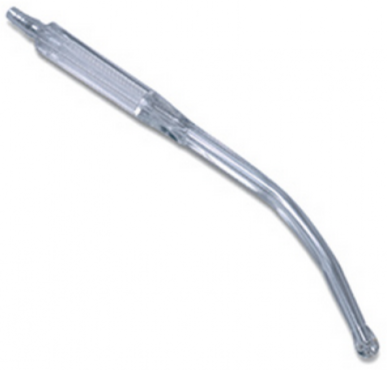


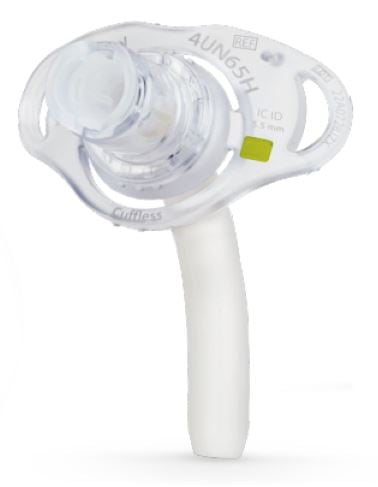
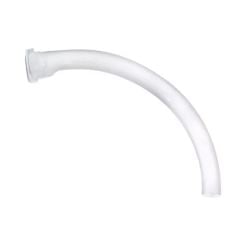
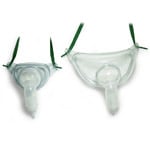
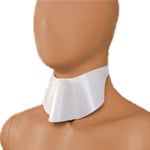

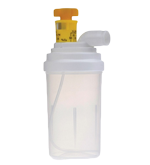
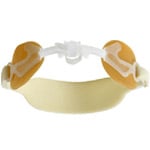
Login and Registration Form